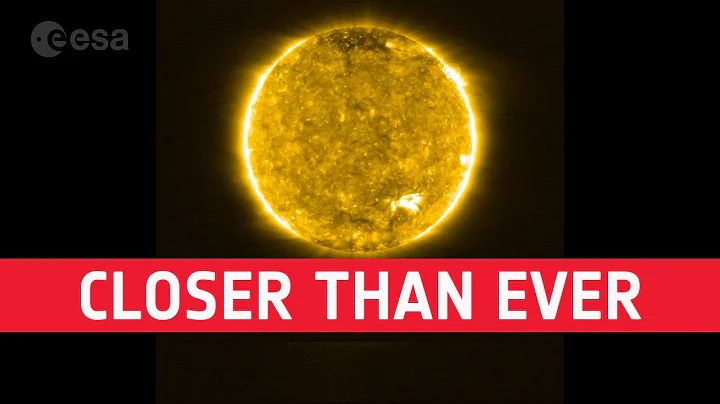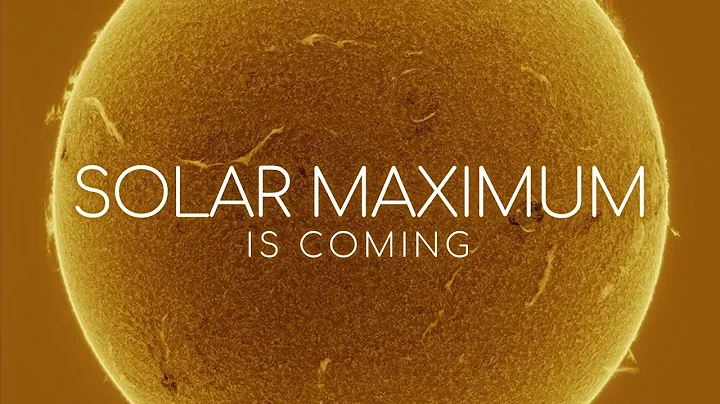
NASA and European Space Agency satellite images capture the appearance of the first sunspot of the new solar cycle. Sunspots are areas of intense magnetic activity, dark spots visible on the surface of the sun. Sunspot activity rises and falls with an approximately 11-year cycle. The last solar cycle peaked between 2000 and 2002. While scientists were focusing on the waning sunspot "stragglers" of Solar Cycle 23 in late 2007, they were also looking for the first sunspot that marked the beginning of Solar Cycle 24.
On January 4, 2008, a new sunspot appeared in the northern hemisphere of the sun, which is about the same width as the earth but very small by solar standards. Its north magnetic pole (red area) points to the right and the south magnetic pole (blue) points to the left. . This image was taken by the Solar and Heliospheric Observing Satellite. The sunspots lasted until January 6 before gradually disappearing. The animation above shows activity from January 1st to 14th.
The location of 's magnetic pole in sunspot 10981 is one of the ways scientists know it is part of a new cycle. During any given cycle, the sunspots in each hemisphere will have opposite polarities, and the polarity of each hemisphere reverses between each cycle. Since the direction of the 23rd solar activity cycle (the southern hemisphere large sunspot area numbered 10980 shown on the left side of the picture) is also that the North Pole is on the right and the South Pole is on the left, the new sunspot area that appeared in the northern hemisphere on January 4 must be Another part of the solar cycle.
Another criterion that lets scientists know that point 10981 is part of a new cycle is its location on the sun's surface. The first sunspots of a new solar cycle always appear at high latitudes in both hemispheres. As the cycle matures, the sunspots move closer and closer to the equator. When scientists plot the latitudes of sunspots over many solar cycles, the result is a series of symmetrical shapes they call a " butterfly diagram " The butterfly diagram also shows how the last sunspot of an old cycle aligns with the new one The first sunspots appear simultaneously, just as sunspots from solar cycles 23 and 24 overlap in the image.
The area of the Sun affected by sunspots varies from cycle to cycle (final image), depending on the number and size of sunspots. Solar Cycle 19 (second peak from the left) began in 1954 and reached its peak in 1957. It is the record holder for the most active solar cycle, with a total of 201 sunspots. The greater the number of sunspots, the greater the likelihood of a major solar storm. Solar storms can interfere with power grids, aircraft navigation and communications systems, and satellites. A team of scientists who issue forecasts for the National Oceanic and Atmospheric Administration's Space Environment Center has mixed views on the prospects for Solar Cycle 24. About half of the experts think it will be a moderately strong cycle, with about 140 sunspots, and the other half think it will be a moderately weak cycle, with about 90 sunspots.





















